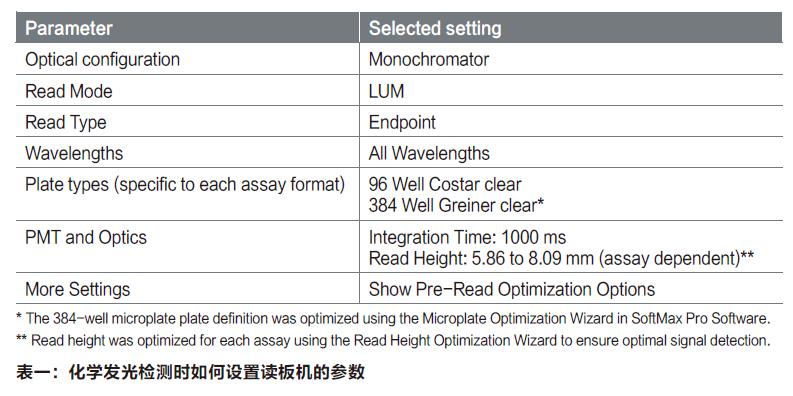
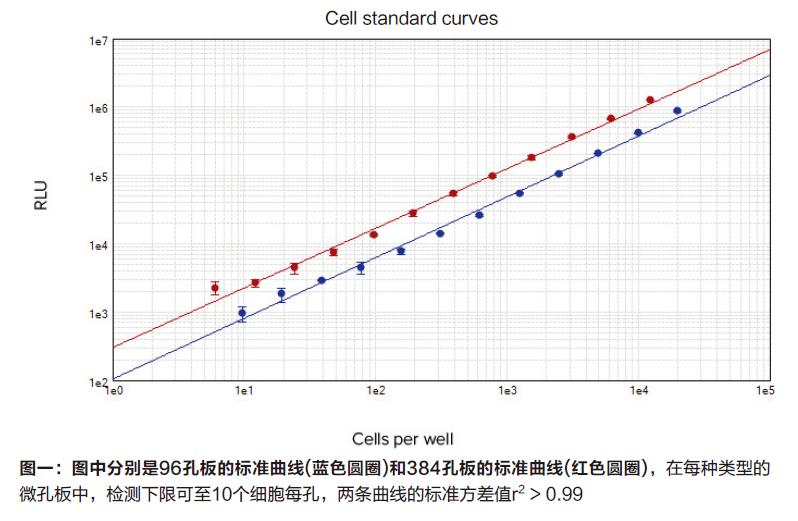
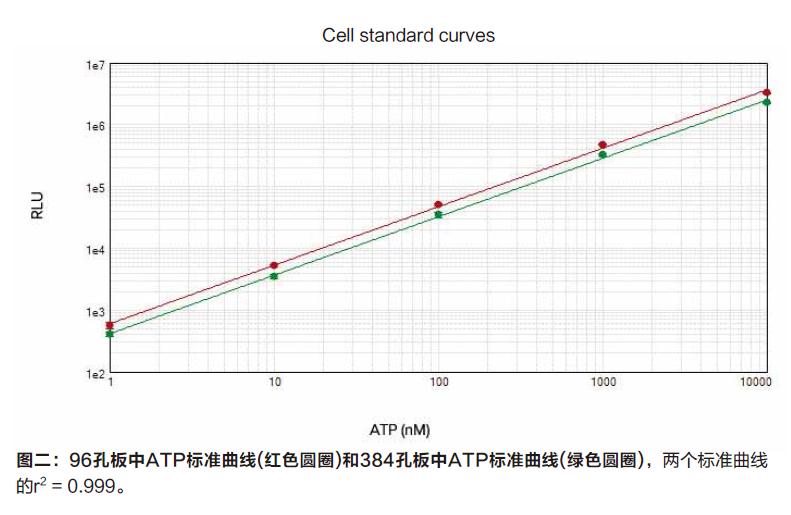
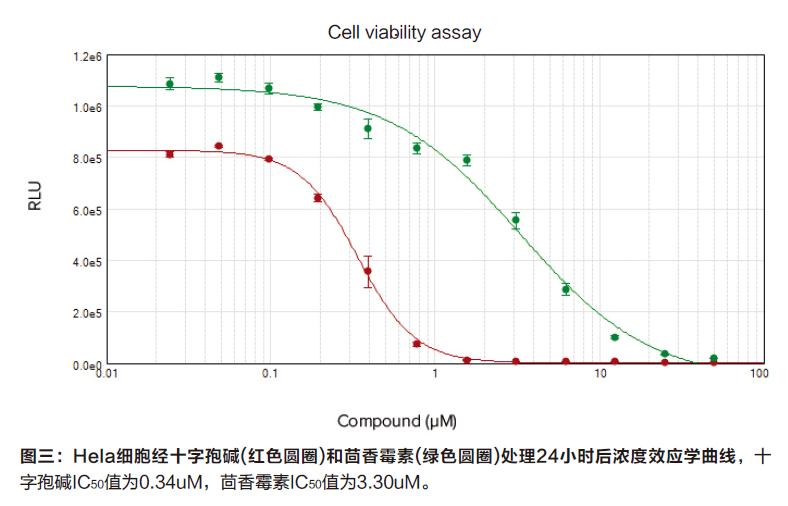
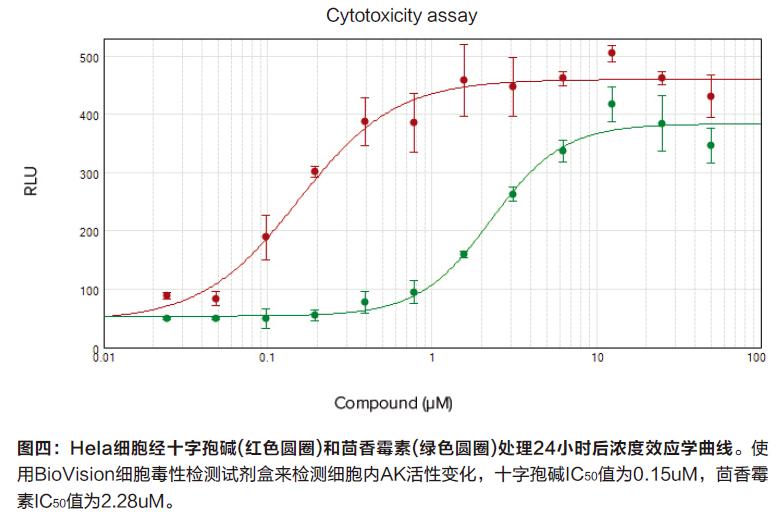
Active Pharmaceutical Ingredients
Active Pharmaceutical Ingredients(API) refer to the raw materials used in the production of various preparations. They are the effective ingredients in the preparations. They are various powders, crystals, extracts, etc., prepared by chemical synthesis, plant extraction or biotechnology, but Substances that the patient cannot take directly. API is intended to be used in any substance or mixture of substances in the manufacture of pharmaceuticals, and when used in pharmaceuticals, it becomes an active ingredient of the pharmaceuticals. Such substances have pharmacological activity or other direct effects in the diagnosis, treatment, symptom relief, treatment or prevention of diseases, or can affect the function or structure of the body. According to its source, active pharmaceutical ingredients are divided into two categories: synthetic chemical active Pharmaceutical ingredients and natural chemical active Pharmaceutical ingredients.
Chromium Picolinate,Tianeptine,6-Paradol,Aminobutyric acid,acetylcysteine,L-Carnosine
Xi'an Gawen Biotechnology Co., Ltd , https://www.ahualynbio.com